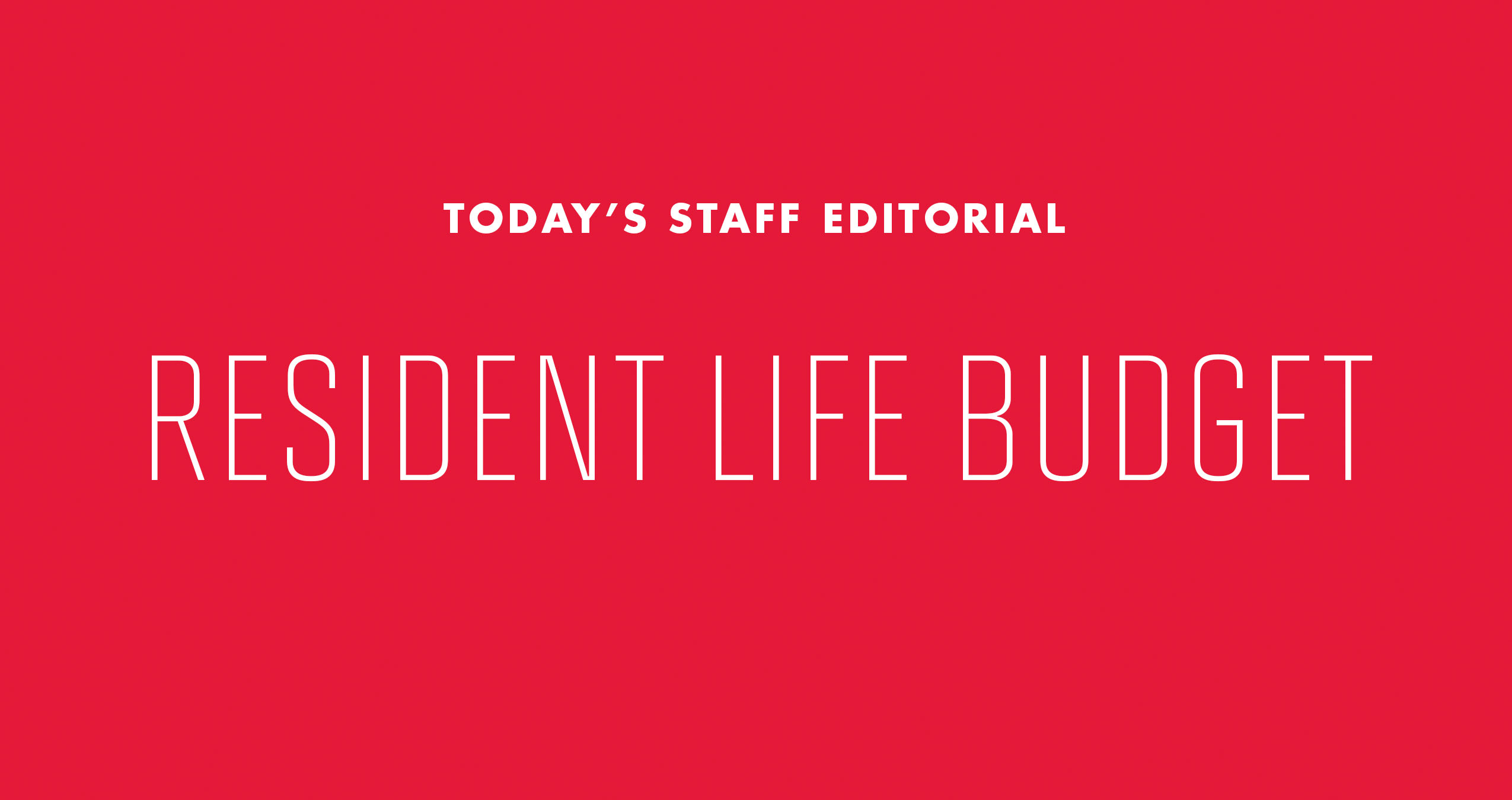Whoa.
That’s really the only response this editorial board could muster upon learning that the Department of Resident Life dropped five figures this academic year on printing student planners for on-campus residents.
At less than $1.50 a copy, the cost of producing each semi-obsolete calendar is fairly negligible, but at 14,000 copies a year, that adds up to quite a bit: $19,870 for 2015-16, to be precise.
Naturally, with ample access to digital calendars on laptops, phones and ELMS, students aren’t hard-pressed to make use of the print product, either, according to a Residence Hall Association Senate resolution that rightfully urged the department to discontinue the planners. The vast majority of planners go unused, dumped into dorm trash bins or otherwise neglected.
“The question you have to ask is: What is the purpose of these calendars? And to that I have no answer,” Steve Chen, a Residence Hall Association member and junior biology and independent studies major, deadpanned at a Tuesday meeting. “I guess to me, it’s to practice recycling.”
Sure, students could probably use the practice — a recent report found that the university’s individual recycling rate dropped to 47 percent in 2015, down from 54 percent the year before. But with sustainability initiatives already underway in several dorms across the campus, on-campus residents don’t need another training exercise; if they do, you’d think the university would have the good sense to print in black and white and scrimp a bit on printing costs.
Snark aside, it’s difficult to justify that kind of expense these days given the sheer abundance of cloud-based planning resources available to today’s students. The ELMS calendar feature alone allows users to schedule daily events and assignments and set email notifications for each, and Google and Apple calendars permit even further personalization.
Investing in students’ academic well-being is admirable, to be sure, but this particular effort seems more like an overlooked anachronism than anything worth renewing next semester. Resident Life would do well to can it — just as students have been doing with its planners for years.



